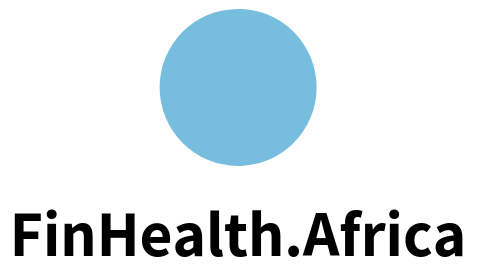- The African Financial Inclusion Network
- +27(0)87-701-7247
- info@finhealth.africa
Opinion Challenging the Stereotype
- Students who need to withdraw R22 cannot get it out
- Financial Education does not ask learners what they want to learn about finance
- Do we know what financial requirements young people have?
I was recently asked by a young person in Grade 10 a question that got me thinking. “Why can’t ATMs give you coins?” I was momentarily stumped… why was this the case? I proffered a technical answer, “It’s not practical for ATMs to have coins because of the complexity of storing and dispensing them, they are made for notes”. Rather dismissively I added, “What can you buy with coins these days anyway?” The person then explained further why she had the query, “Sometimes you only have R22 in your account and you need just R2 but the ATM will not give it to me, what can I do?” We chuckled about it and the conversation moved on, but on further reflection the question had captured a problem that a young person faces when trying to bank.
The interaction made me think, “Do we understand the needs of young people when it comes to personal finance and banking? Do our attempts at financial education serve them, and most importantly do the products and services that financial institutions provide serve them?” I have a strong suspicion that the answer to all of these questions is a resounding NO!
The young person had a problem that she faced, she needed to make a withdrawal that was below the ATM limit of R20 or R50 yet she needed a bit of cash for transport money. We consider her to be financially included because she had a bank account however the account was preventing her from transacting and meeting her needs. One option available to her was to go “old school” by finding a branch and the (human) teller within. However, that would attract a charge from the bank! So she faced the prospect of not being able to access her R2 in funds without losing some value from the transaction. A clear example of when financial inclusion leads to economic exclusion.
The interaction further challenged me to think about the financial literacy education we provide every day. Much of this work includes interaction with participants to allow them to better connect with the personal financial system. In most courses financial education teaches you to budget, to save (Happy Savings Month by the way), and to beware of credit. Although well-meaning, many initiatives are designed by those in the know to explain terms THEY believe need explanation.
Within the interactions we have in financial education we fail to understand how the financial system is also not working for people. What do people know? What parts of what they know should be challenged? Most importantly, let’s understand what do they NEED? Those elements should form the basis of all our financial literacy work. There are a plethora of little understood and misunderstood financial situations that we do not help the young and old to understand simply because we do not even ask them to share with us. For the sake of building a more impactful industry let us challenge each other as financial educators to change the paradigm in the work we do.



